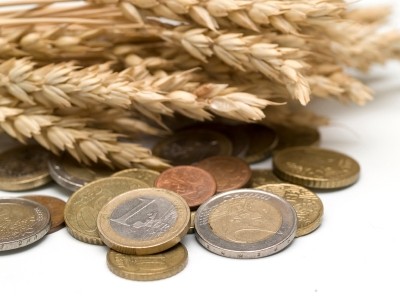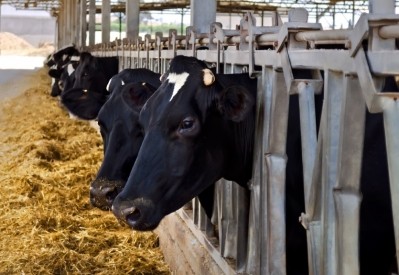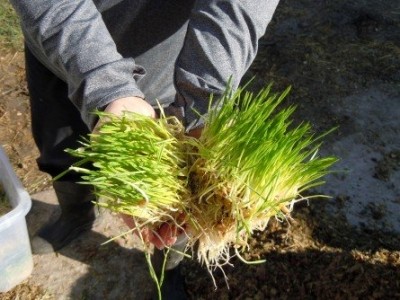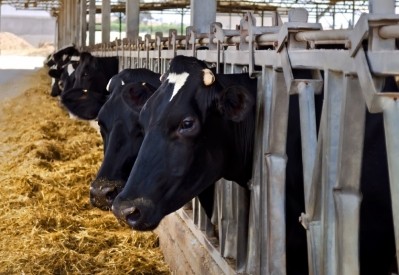Dutch team flags up high milk yielding feeding approach for dairy farmers
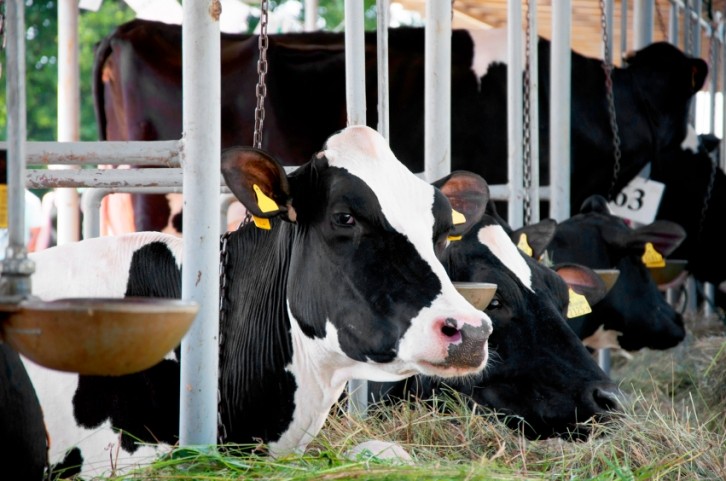
The EU milk quota system, which was introduced in 1984 to address the issue of overproduction, is scheduled to end on April 1 2015.
Wilfried van Straalen, head of ruminant research at Netherland’s Schothorst Feed Research (SFR) and chair of that center’s conference on post quota milk production strategies next month, spoke to us about a nutritional approach producers could adopt now.
“A lot of dairy farmers in North Western Europe, anticipating the end of the cap on production come April this year, have been investing in their facilities and herd expansion.
Other producers have not been in such a comfortable financial position, particularly with declining milk prices, to add capacity and are evaluating how refining their ruminant nutrition program instead could boost productivity post quota.
In this context we have been carrying out research aimed at helping those more cash-strapped farmers with feeding strategies to generate higher yields and milk with higher fat content, which is no longer penalized and thus a viable goal for producers post quota.
Our nutrition model also shows how better uptake of nutrients in dairy cows reduces methane emissions per kilo of milk and decreases milk urea,” said van Straalen.
SFR has an experimental farm with 210 high yielding dairy cows to enable dairy nutrition research.
Lipogenic and glucogenic nutrients
Its new prediction model takes account of least cost feed calculations and sets the minimum requirements regarding nutrients. “For an optimal milk yield and composition, dairy cow diets need to be balanced for first limiting nutrients,” said the ruminant researcher.
Negative energy balance-related metabolic disorders suggest that the balance between available lipogenic and glucogenic nutrients in dairy cow diets is important.
“Our research shows producers should feed glucogenic nutrients in early lactation to boost glucose levels in the blood and thus increase lactose production.
Additionally, we have found that feeding lipogenic nutrients to the cow at the mid to end lactation period improves the animal’s energy status, and increases milk fat production and yield,” continued van Straalen.
The model also supports the idea that increased amino acid status in the cow will result in better milk and protein production, and decreased milk urea.
Rumen fermentation
Moreover, the SFR system is designed to help farmers optimize rumen fermentation in their dairy herds, said the dairy nutrition specialist.
“The model provides minimum and maximum levels for fermentable carbohydrates and can indicate when a producer is feeding too many readily fermentable carbohydrates to prevent rumen acidosis from occurring.
It also signals when the level of slowly fermentable carbohydrates, which produce the volatile fatty acids that generate two thirds of the animal’s energy requirements, is too low in the cow’s diet,” said van Straalen.
His team is currently looking at the influence of certain amino acids on dairy cow metabolism.
Schothorst Feed Research Dairy Nutrition Model
